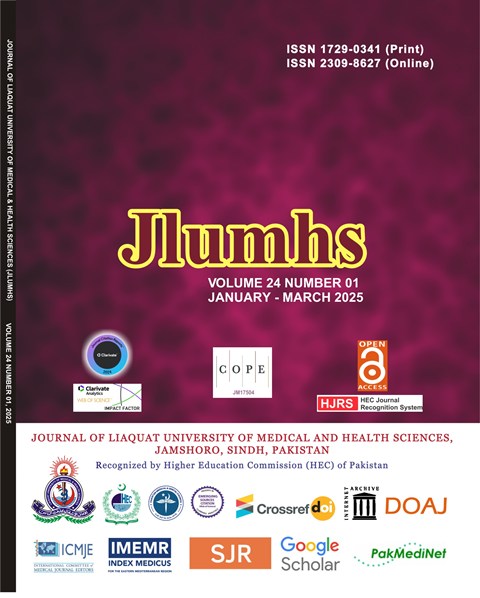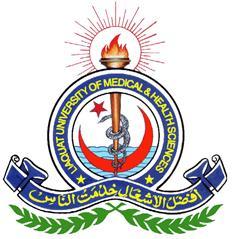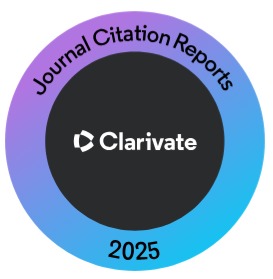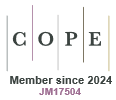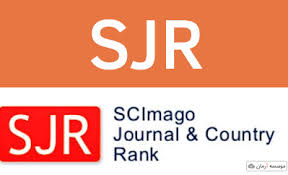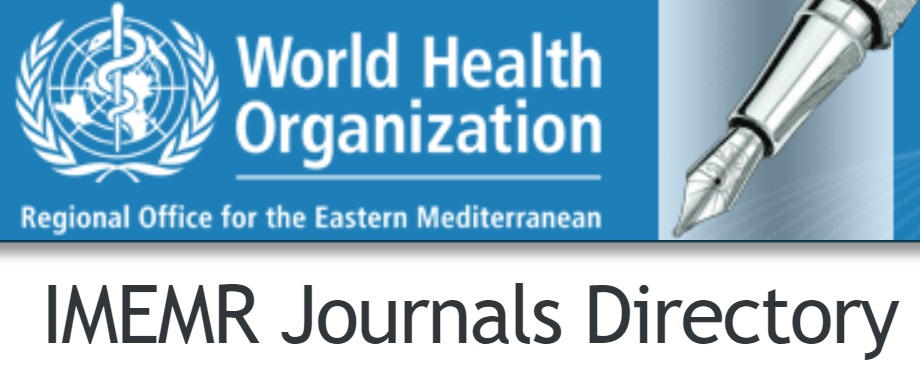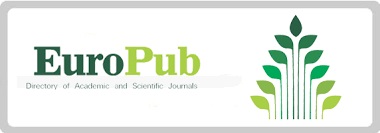Unlocking the Nootropic Effect of Trachyspermum ammi Seeds against Scopolamine-induced Memory Deficits in Rodents
Keywords:
Trachyspermum ammi, Alzheimer’s disease, Morri’s water maze, Antioxidant, Memory enhancement, Cognitive function, PhytochemicalsAbstract
OBJECTIVE: To evaluate the potential of TASE in improving memory and cognitive function using animal models.
METHODOLOGY: These experimental trials were conducted in the Pharmacology Laboratory, University of Karachi, from January - November 2021. Thirty-five male Wistar Rats and thirty-five male mice weighing 200-230g and 20-40g, respectively, were used for Morris water maze (MWM) and passive avoidance response (PAR) tests. The subjects were distributed equally into five groups. Group 1 (control) received 2% gum tragacanth, Groups 2, 3, and 4 received TASE at 50, 100, and 250mg/kg, respectively, and Group 5 received Piracetam at 200mg/kg. Scopolamine at 0.4mg/kg was administered intraperitoneally to induce amnesia in rodents.
RESULTS: In the MWM test, TASE at 250 and 100mg/kg significantly decreased the escape latency in rats compared to the control group. Similarly, in the PAR test, TASE at 250 and 100mg/kg significantly delayed the compartment change time in mice compared to the control group. The outcomes of both experiments were comparable to the reference drug Piracetam, indicating that TASE improves cognition and has substantial potential as an anti-amnesic agent. This potential may be due to the presence of significant phytochemicals in TASE, such as Thymol, saponins, flavonoids, ?- and ?-pinene, and ?-terpinene, which improve cholinergic neurotransmission and exert antioxidant effects.
CONCLUSION: TASE improves memory and cognitive function, likely due to its significant phytochemical content. Identifying these nutritional elements is crucial for researching and developing innovative and potent medications.
References
Malík M, Tlustoš P. Nootropics as Cognitive Enhancers: Types, Dosage and Side Effects of Smart Drugs. Nutrients. 2022; 14(16).
Ballard CG, Chalmers KA, Todd C, McKeith IG, O'Brien JT, Wilcock G et al. Cholinesterase inhibitors reduce cortical Abeta in dementia with Lewy bodies. Neurology. 2007; 68(20): 1726-9.
Ali MY, Park S, Chang M. Phytochemistry, Ethnopharmacological Uses, Biological Activities, and Therapeutic Applications of Cassia Obtusifolia L: A Comprehensive Review. Molecules. 2021; 26.
Kim JH, He MT, Kim MJ, Yang CY, Shin YS, Yokozawa T et al. Safflower (Carthamus tinctorius L.) seed attenuates memory impairment induced by scopolamine in mice via regulation of cholinergic dysfunction and oxidative stress. Food Funct. 2019; 10(6): 3650-9. doi: doi.org/10.1039/C9FO00615J.
Chen WN, Yoon YK. Scopolamine, a Toxin-Induced Experimental Model, Used for Research in Alzheimer's Disease. CNS & Neurological Disorders - Drug Targets. 2020; 19: 85-93.
Hosseini Z, Mansouritorghabeh F, Kakhki FSH, Hosseini M, Rakhshandeh H, Hosseini A et al. Effect of Sanguisorba minor on scopolamine-induced memory loss in rat: Involvement of oxidative stress and acetylcholinesterase. Metab Brain Disord. 2022; 37(2): 473-88. doi: 10.1007/s11011-021-00898-y.
Oliveira DR, Sanada PF, Saragossa Filho AC, Innocenti LR, Oler G, Cerutti JM et al. Neuromodulatory property of standardized extract Ginkgo biloba L. (EGb 761) on memory: Behavioral and molecular evidence. Brain Res. 2009; 1269: 68-89.
Oh MS, Huh Y, Bae H, Ahn DK, Park SK. The multi-herbal formula Guibi-tang enhances memory and increases cell proliferation in the rat hippocampus. Neurosci Lett. 2005; 379(3): 205-8.
Nandini HS, Krishna KL, Apattira C. Combination of Ocimum sanctum extract and Levetiracetam ameliorates cognitive dysfunction and hippocampal architecture in rat model of Alzheimer's disease. J Chem Neuroanat. 2022; 120: 102069.
Halder S, Anand U, Nandy S, Oleksak P, Qusti S, Alshammari EM et al. Herbal drugs and natural bioactive products as potential therapeutics: A review on pro-cognitives and brain boosters perspectives. Saudi Pharm J. 2021; 29(8): 879-907.
Modareskia M, Fattahi M, Mirjalili MH. Thymol screening, phenolic contents, antioxidant and antibacterial activities of Iranian populations of Trachyspermum ammi (L.) Sprague (Apiaceae). Sci Rep. 2022; 12(1): 15645.
Rajput MA, Khan RA, Qazi N, Feroz Z. Effect of methanol extract of Ajwain (Trachyspermum ammi. L) on blood coagulation in rats. JLUMHS. 2012; 11(2): 105-108.
Hossain Ahmed M, Islam A. Hypolipidemic and hepatoprotective effects of different fractions of ethanolic extract of immature leaves of Mangifera indica (Linn) in alloxan induced diabetic rats. Int J Pharmaceut Sci Res. 2010; 132-8.
Aslam M., Sultana N. Nootropic Activity of Vitis vinifera Juice in Normal and Memory- Impaired Mice Using Spatial Learning and Recognition Memory Paradigms. Turk J Pharm Sci. 2015; 12(3): 327-336.
Othman MZ, Hassan Z, Che Has AT. Morris water maze: a versatile and pertinent tool for assessing spatial learning and memory. Exp Anim. 2022; 71(3): 264-80.
Ögren SO, Stiedl O. Passive Avoidance BT-Encyclopedia of Psychopharmacology. In: Stolerman IP, editor. Berlin, Heidelberg: Springer Berlin Heidelberg; 2010; 960-7. doi: 10.1007/978-3-540-68706-1_160.
Vannur A, Biradar PR, Patil V. Experimental validation of Vitex negundo leaves hydroalcoholic extract for neuroprotection in haloperidol induced Parkinson's disease in rat. Metab Brain Dis. 2022; 37(2): 411-26. doi:10.1007/s11011-021-00878-2.
Melrose J. The Potential of Flavonoids and Flavonoid Metabolites in the Treatment of Neurodegenerative Pathology in Disorders of Cognitive Decline. Antioxidants. 2023; 12.
George N, AbuKhader M, Al Balushi K, Al Sabahi B, Khan SA. An insight into the neuroprotective effects and molecular targets of pomegranate (Punica granatum) against Alzheimer's disease. Nutr Neurosci. 2023; 26(10): 975-96. doi: 10.1080/1028415X.2022. 2121092.
Rendeiro C, Guerreiro JDT, Williams CM, Spencer JPE. Flavonoids as modulators of memory and learning: molecular interactions resulting in behavioural effects. Proc Nutr Soc. 2012; 71(2): 246-62.
Peng X, Zhang X, Sharma G, Dai C. Thymol as a Potential Neuroprotective Agent: Mechanisms, Efficacy, and Future Prospects. J Agric Food Chem. 2024; 72(13): 6803-14. doi: 10.1021/acs.jafc.3c06461.
Timalsina B, Haque MN, Choi HJ, Dash R, Moon IS. Thymol in Trachyspermum ammi seed extract exhibits neuroprotection, learning, and memory enhancement in scopolamine-induced Alzheimer's disease mouse model. Phytother Res. 2023; 37(7): 2811-26.
Huang YH, Ding WL, Li XT, Cai MT, Li HL, Yang ZY et al. Memory enhancement effect of saponins from Eleutherococcus senticosus leaves and blood-brain barrier-permeated saponins profiling using a pseudotargeted monitoring strategy. Food Funct. 2022; 13(6): 3603-20.
Boiangiu RS, Brinza I, Hancianu M, Erdogan Orhan I, Eren G, Gündüz E et al. Cognitive Facilitation and Antioxidant Effects of an Essential Oil Mix on Scopolamine-Induced Amnesia in Rats: Molecular Modeling of In Vitro and In Vivo Approaches. Molecules. 2020; 25(7).
Singh NK, Garabadu D. Quercetin Exhibits ?7nAChR/Nrf2/HO-1-Mediated Neuroprotection Against STZ-Induced Mitochondrial Toxicity and Cognitive Impairments in Experimental Rodents. Neurotox Res. 2021; 39(6): 1859-79. doi: 10.1007/s12640-021-00410-5.
Zhang R, Zeng M, Zhang X, Zheng Y, Lv N, Wang L et al. Therapeutic Candidates for Alzheimer's Disease: Saponins. Int J Mol Sci. 2023; 24.
Downloads
Published
How to Cite
Issue
Section
License
Copyright (c) 2025 Journal of Liaquat University of Medical & Health Sciences

This work is licensed under a Creative Commons Attribution-NonCommercial-ShareAlike 4.0 International License.
Submission of a manuscript to the journal implies that all authors have read and agreed to the content of the undertaking form or the Terms and Conditions.
When an article is accepted for publication, the author(s) retain the copyright and are required to grant the publisher the right of first publication and other non-exclusive publishing rights to JLUMHS.
Articles published in the Journal of Liaquat University of Medical & health sciences are open access articles under a Creative Commons Attribution-Noncommercial - Share Alike 4.0 License. This license permits use, distribution and reproduction in any medium; provided the original work is properly cited and initial publication in this journal. This is in accordance with the BOAI definition of open access. In addition to that users are allowed to remix, tweak and build upon the work non-commercially as long as appropriate credit is given and the new creations are licensed under the identical terms. Or, in certain cases it can be stated that all articles and content there in are published under creative commons license unless stated otherwise.

